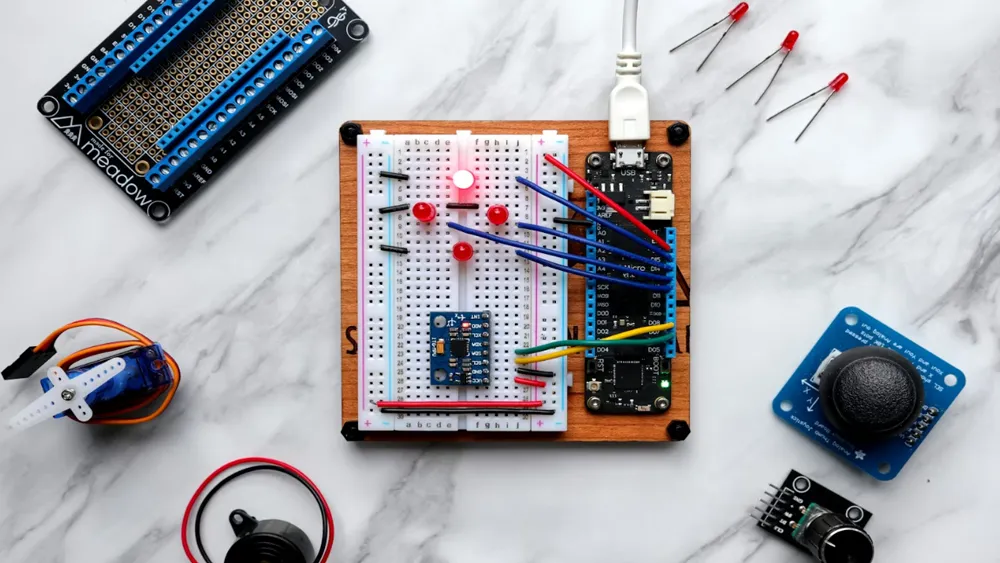
Lithium Battery IEC62133 Testing Report
Testing Items and Process for Lithium Battery IEC62133 Report
With the increasing global energy crisis and growing demands for environmental protection and energy conservation, lithium batteries, as important energy carriers, have been widely applied. To ensure the safe use of lithium batteries, the IEC (International Electrotechnical Commission) has established the IEC62133 series standards, detailing the performance and safety requirements for lithium batteries.
Purpose of the Lithium Battery IEC62133 Testing Report
The purpose of this testing is to conduct a comprehensive evaluation of the performance and safety of lithium batteries to ensure compliance with iec 62133 standards. Through testing, potential safety hazards and quality issues can be identified, providing assurance for enterprises to enhance product quality and ensuring consumer safety.
Testing Items and Methods for Lithium Battery IEC62133 Report
1. Appearance Inspection: Observe the appearance of the lithium battery and check for obvious damage, deformation, or defects. Assessment is conducted visually.
2. Dimension Inspection: Measure the dimensions of the lithium battery, including length, width, and height, to ensure compliance with nominal values. Measurement is done using calipers.
3. Capacity Testing: Measure the capacity of the lithium battery through discharge testing to evaluate performance. Discharge testing is conducted using specialized battery testing equipment.
4. Cycle Life Testing: Conduct charge and discharge cycling tests on the lithium battery to evaluate its cycle life. Charge and discharge cycling tests are performed using specialized battery testing equipment.
5. Overcharge Testing: Charge the lithium battery to an overcharged state to assess safety performance. Overcharge testing is conducted using specialized battery testing equipment.
6. Overdischarge Testing: Discharge the lithium battery to an overdischarged state to assess safety performance. Overdischarge testing is conducted using specialized battery testing equipment.
7. Temperature Testing: Conduct charge and discharge tests on the lithium battery under different temperature conditions to evaluate performance and safety. Temperature testing is performed using specialized battery testing equipment.
ResULts and Analysis of Lithium Battery IEC62133 Testing
1. Appearance Inspection: All samples showed no obvious damage, deformation, or defects, meeting standard requirements.
2. Dimension Inspection: All samples' dimensions matched nominal values, complying with standard requirements.
3. Capacity Testing: After discharge testing, all samples achieved nominal capacity, demonstrating good performance.
4. Cycle Life Testing: After charge and discharge cycling tests, all samples exceeded the minimum cycle count requiRED by the standard.
5. Overcharge Testing: In the overcharge test, no abnormal phenomena were observed in any samples, indicating good safety performance.
6. Overdischarge Testing: In the overdischarge test, no abnormal phenomena were observed in any samples, indicating good safety performance.
7. Temperature Testing: During charge and discharge tests under different temperature conditions, all samples' performance and safety at varying temperatures met standard requirements.
Email:hello@jjrlab.com
Write your message here and send it to us
 What is Amazon TIC and How Can Sellers Achieve Com
What is Amazon TIC and How Can Sellers Achieve Com
 2026 Battery UN38.3 Certification (Test Report) &a
2026 Battery UN38.3 Certification (Test Report) &a
 What is the IEC 62680 Standard? Compliance Interpr
What is the IEC 62680 Standard? Compliance Interpr
 Amazon Japan December Compliance Requirements
Amazon Japan December Compliance Requirements
 How to Check a CPSC-Accepted Laboratory?
How to Check a CPSC-Accepted Laboratory?
 WEEE Registration for Waste Electrical &Electr
WEEE Registration for Waste Electrical &Electr
 MSDS Chemical Safety Testing
MSDS Chemical Safety Testing
 What Are the Differences Between UK REACH and EU R
What Are the Differences Between UK REACH and EU R
Leave us a message
24-hour online customer service at any time to respond, so that you worry!




